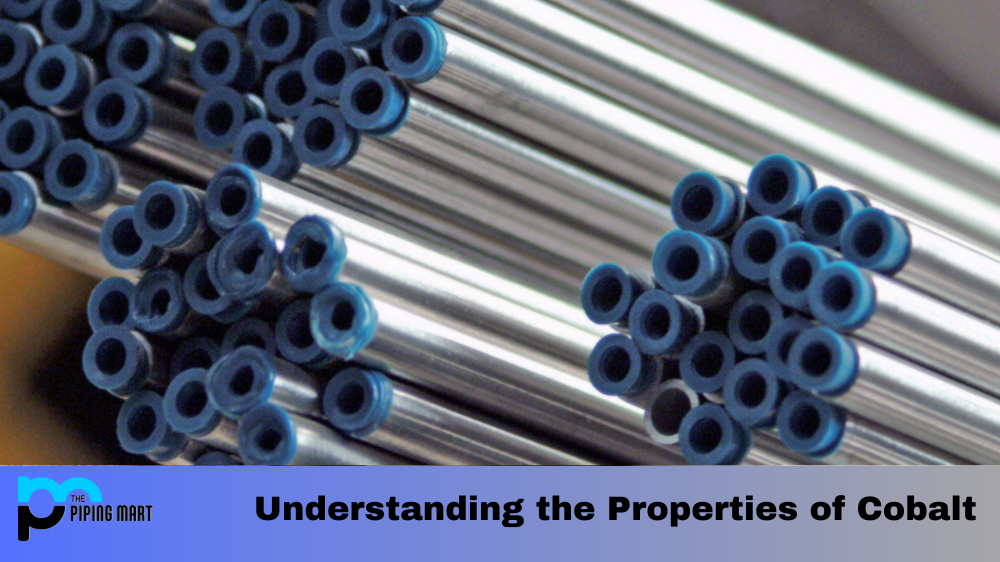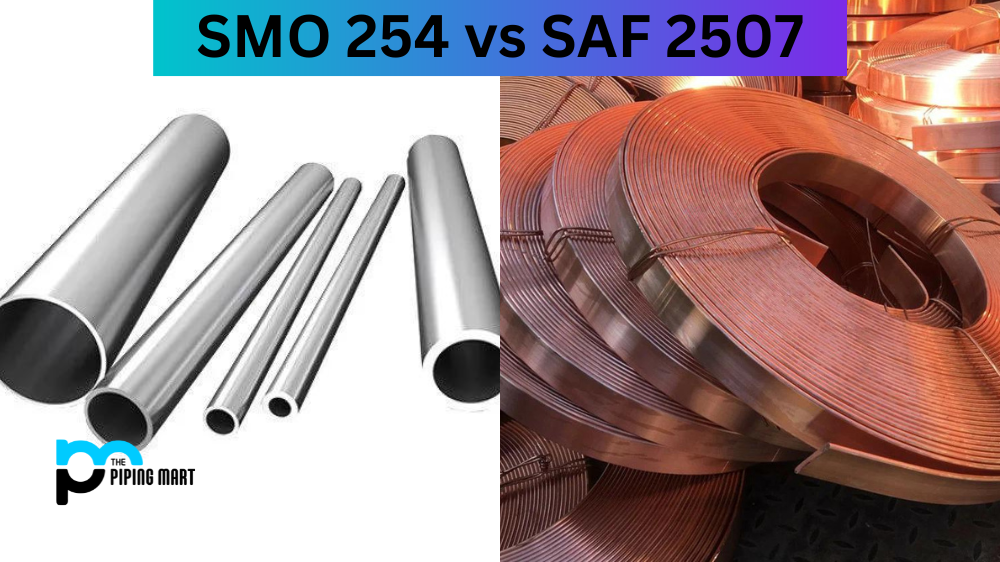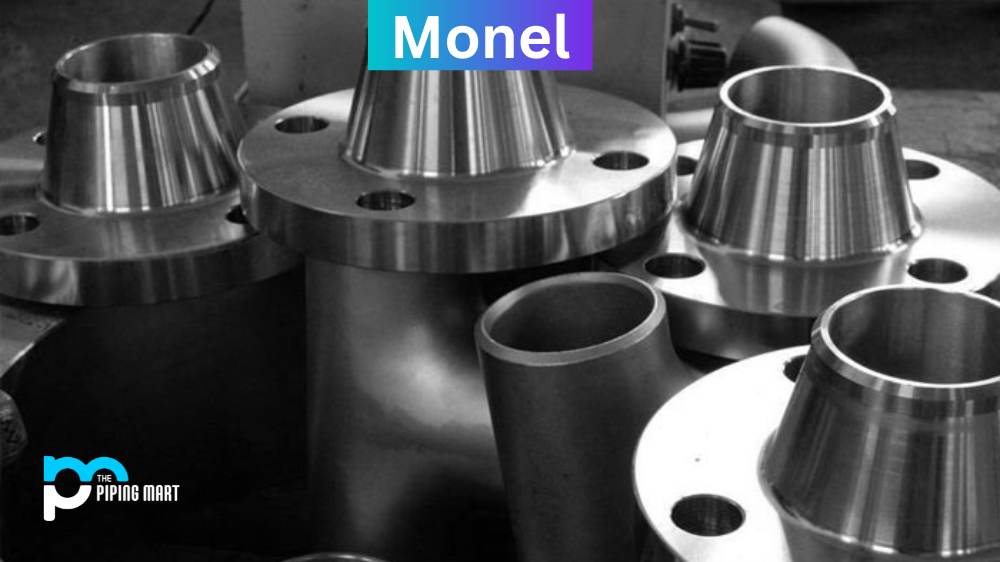Cobalt-chromium alloys are a unique combination of elements that offer superior heat and corrosion resistance and strength. This combination makes them ideal for use in various engineering and material science applications, such as dental implants, medical tools and instruments, and various industrial components. To understand how these properties come together to make cobalt-chromium alloys so valuable, let’s look at the chemical makeup and physical properties of this alloy.
Chemical Properties of Cobalt-Chromium Alloys
Cobalt-chromium alloys primarily comprise cobalt (Co) and chromium (Cr). These two elements combine to form an alloy with excellent mechanical properties, such as high strength and wear resistance. Other elements can also be added to the alloy to improve its performance further; for example, molybdenum (Mo), tungsten (W), nickel (Ni), and iron (Fe) can all be included in varying amounts to achieve different desired results. The exact composition will vary depending on the application it is being used in.
Physical Properties of Cobalt-Chromium Alloys
The physical properties of cobalt-chromium alloys make them particularly useful in engineering and material sciences applications where they must be able to withstand extreme temperatures or harsh environments. For instance, cobalt-chromium alloys have excellent corrosion resistance thanks to their chromium content; this means they won’t rust or corrode easily, even when exposed to water or other corrosive substances over long periods of time. The cobalt content also gives them superior heat resistance; they can withstand temperatures up to 1600°F before melting or deforming. In addition, these alloys are incredibly strong; they have yield strength of up to 500 MPa, making them much stronger than most common stainless steels.
Conclusion:
Understanding the properties behind cobalt-chromium alloys is key for engineering and material science professionals who need materials that can stand up to extreme conditions without sacrificing strength or durability. By combining elements like cobalt, chromium, molybdenum, tungsten, nickel, and iron in specific proportions into an alloy form, engineers can create materials that meet their exact requirements while still retaining strength and other desirable qualities like corrosion resistance at high temperatures. With a better understanding of how these properties come together in cobalt-chromium alloys comes more potential for innovative applications that require powerful materials with advanced capabilities.

Pipingmart is B2B portal specializes in industrial, metal and piping products. Also, share latest information and news related to products, materials and different types grades to help business dealing in this industry.




